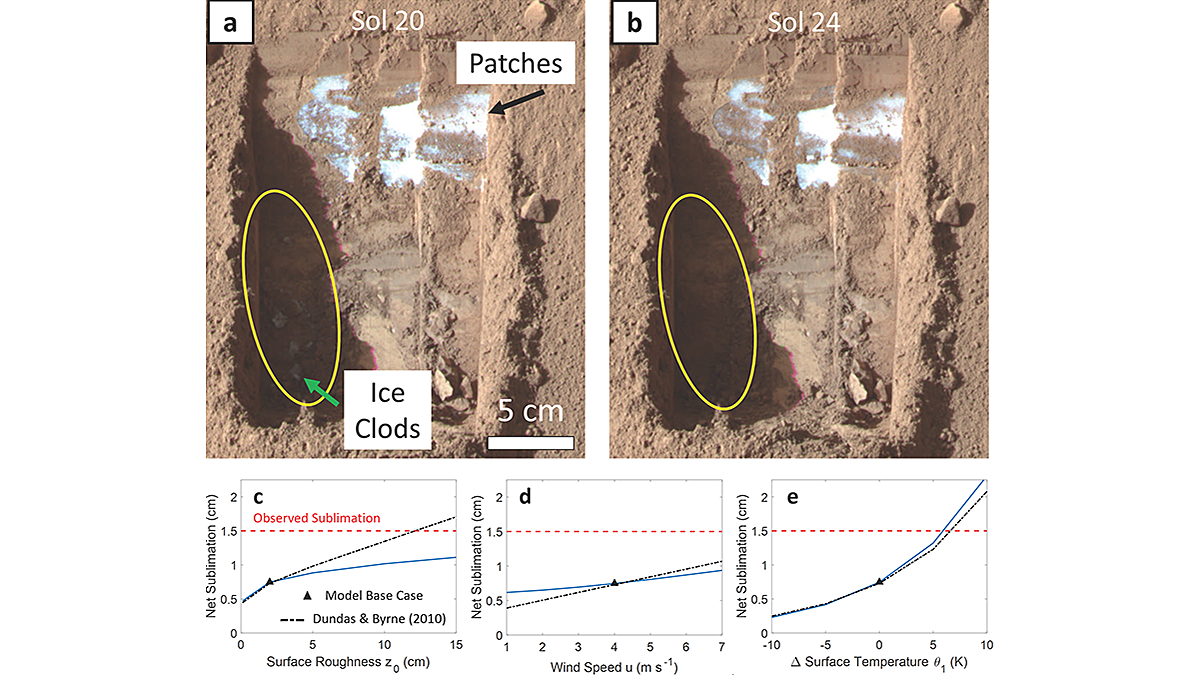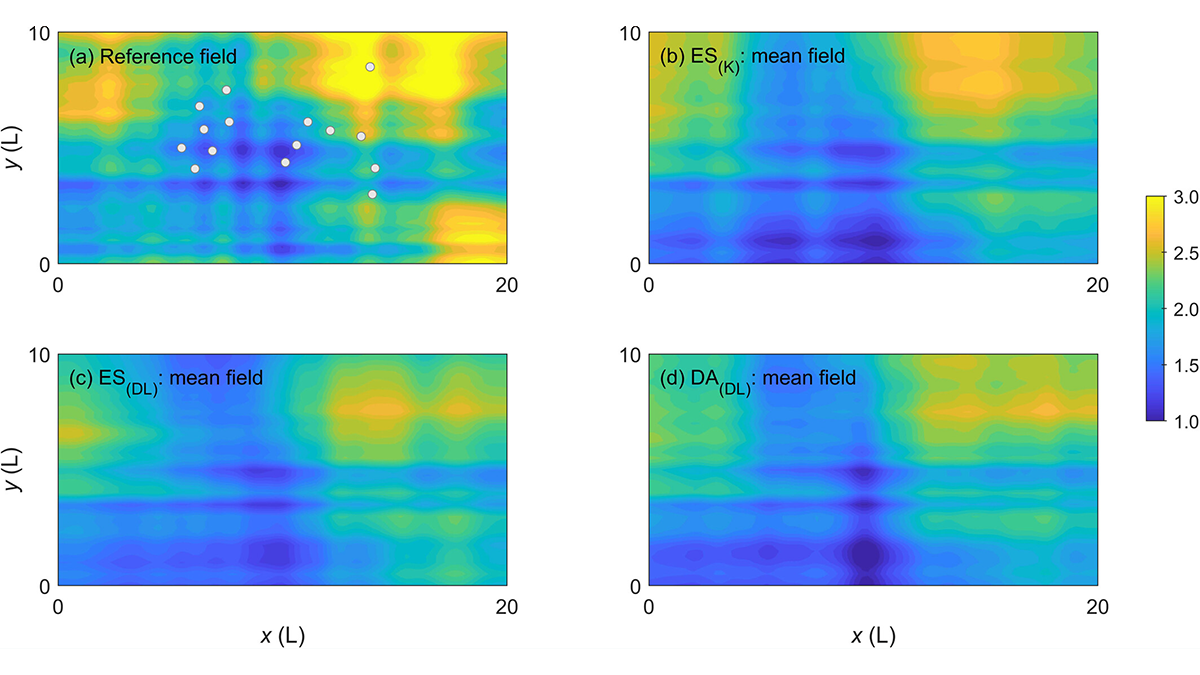In recognition of the 50th anniversary of Geophysical Research Letters, the editors showcase an exceptional study published in the journal that investigates the climate sensitivity in CMIP6 models.
Modeling
Coral Larvae Journey Far and Wide in the Western Indian Ocean
Researchers mapped coral reef connectivity across the Seychelles archipelago to inform conservation efforts in the face of climate change.
Discounting Carbon Gain to Prevent Water Loss Today
A new study introduces a timescale for optimizing tradeoffs between carbon gain and water loss to improve estimates of photosynthesis during prolonged dry spells.
A Better Way to Predict Arctic Riverbank Erosion
Permafrost thaw might cause Arctic riverbanks to erode more quickly. But a new study shows why these erosion rates aren’t as dramatic as some scientists feared.
Towards a Unified Framework for Earth, Mars, Titan, and Exoplanets
From a simple set of in situ or synthetic data, a general unified model has been developed to calculate turbulent fluxes and evaporation rates on any rocky body with an atmosphere.
How Are Deep Soils Responding to Warming?
Scientists aim to integrate observations from deep-soil-warming experiments worldwide to better understand how ecosystems vital to food security and environmental health will react to climate change.
Animals Deserve to Be Included in Global Carbon Cycle Models, Too
Because they are far less plentiful than plants and microbes, animals have typically been excluded from examinations of carbon exchange in the atmosphere. But new research shows they may have a considerable influence on carbon cycle dynamics.
Learning Data Assimilation Without the Help of the Gaussian Assumption
Major Earth system processes are non-linear and non-Gaussian, and so should be our data assimilation approaches.
Barrier Islands Are at the Forefront of Climate Change Adaptation
Coastal evolution modeling sheds light on the impacts of coastal development and adaptation decisions on barrier islands in the era of sea-level rise.
Verifying the Mathematics Behind Ocean Modeling
A series of test cases designed to confirm the accuracy of ocean models could help improve our understanding of large-scale climate processes.










